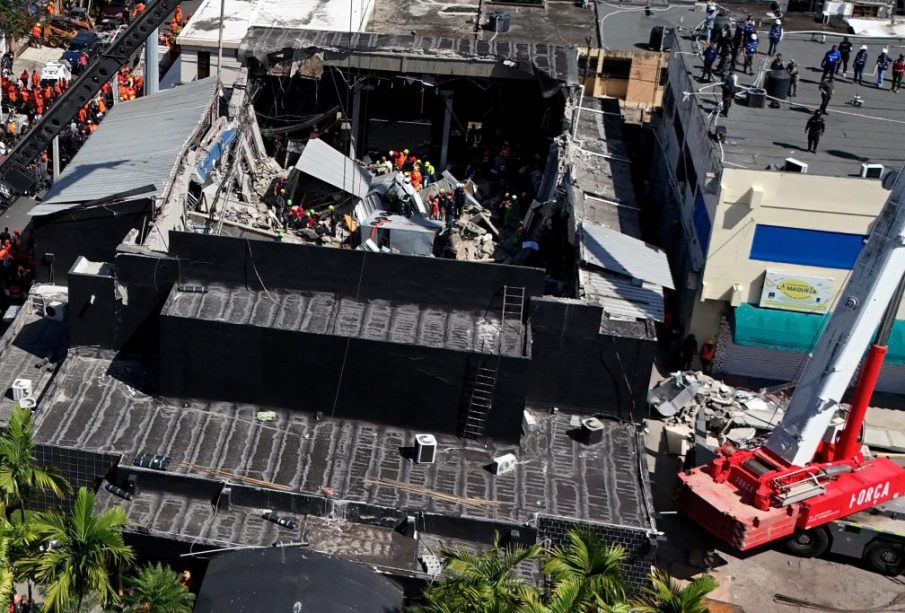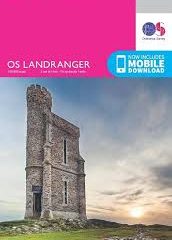Exploring the Richness of the Dominican Republic

Introduction
The Dominican Republic, located on the eastern side of the island of Hispaniola in the Caribbean, is renowned for its stunning beaches, rich cultural heritage, and burgeoning tourism industry. As one of the most popular travel destinations in the Caribbean, it offers a unique blend of history, natural beauty, and vibrant local traditions that attract millions of visitors each year.
Tourism Boom
Recent reports indicate that the Dominican Republic has seen a remarkable recovery in its tourism sector post-pandemic. In 2023, the country welcomed over 6 million tourists, marking an increase of 15% from pre-COVID levels in 2019. Major airports and resorts across the nation are reinstating and enhancing services to cater to the growing number of holidaymakers. Punta Cana continues to lead with its all-inclusive resorts and pristine beaches.
Cultural Heritage
The Dominican Republic boasts a rich tapestry of cultural influences, derived from its indigenous Taíno people, European colonisation, and African heritage. Events like the Carnival in February showcase vivid parades and a variety of traditional music, including merengue and bachata, filling the streets with colourful displays that draw locals and tourists alike. Furthermore, UNESCO World Heritage Sites like the Colonial Zone of Santo Domingo, the oldest European settlement in the Americas, preserve the country’s historical significance.
Natural Wonders
Beyond cultural attractions, the Dominican Republic is home to diverse ecosystems, including the pristine beaches of the Caribbean Sea and the Atlantic Ocean, lush rainforests, and the mountainous interior of the Cordillera Central. Adventurous activities are plentiful, from hiking in the towering Pico Duarte, the highest peak in the Caribbean, to exploring the stunning Lake Enriquillo, the largest lake in the Caribbean and the lowest point in the Caribbean region.
Challenges Ahead
Despite its successes, the Dominican Republic faces challenges including economic inequality and environmental concerns impacting its beautiful landscapes. Sustainable tourism practices are becoming a focus as the government and local businesses look to preserve their natural resources and ensure that future generations can enjoy the beauty of the island.
Conclusion
The Dominican Republic remains a Caribbean jewel, boasting a fascinating history, vibrant culture, and diverse natural landscapes. As the tourism industry continues to flourish, it is crucial for stakeholders to embrace sustainable practices that preserve the island’s environment and heritage for future visitors. For those contemplating their next tropical getaway, the Dominican Republic offers an unparalleled experience that is sure to leave lasting memories.









